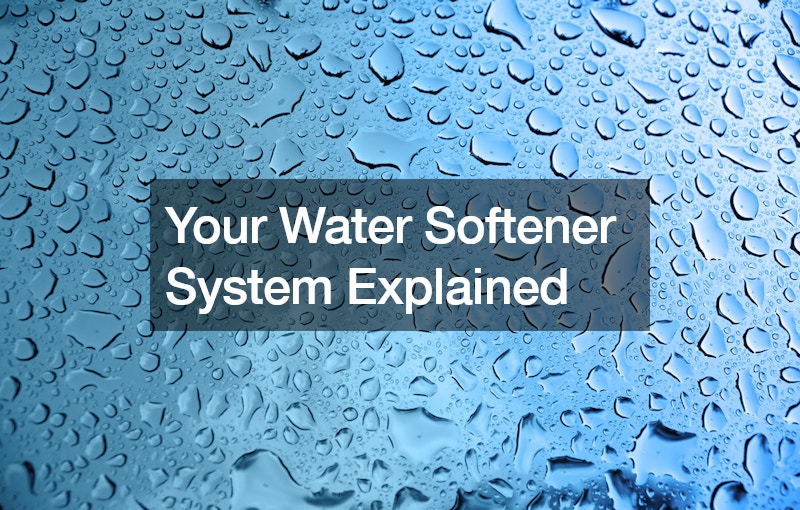
Your Water Softener System Explained
Water softeners are essential devices for households dealing with hard water, which contains high levels of minerals like calcium, magnesium, and iron. But how does a water softener system actually work?
At the heart of every water softener are two tanks: the media tank and the brine tank. The media tank contains tiny plastic beads that act as the primary filtering mechanism.
As water flows through these beads, they attract and trap the hardness ions, effectively softening the water.
Over time, the beads become saturated with hardness ions and need to be regenerated. This is where the brine tank comes into play. During regeneration, a series of cycles occur. First, a backwash cycle reverses the flow of water to flush out debris. Then, a brine draw cycle involves drawing brine solution from the brine tank into the media tank. This solution helps to recharge the beads by releasing the trapped hardness ions.
Following this, a rinse cycle settles the beads back into place, preparing them for the next cycle. Finally, a fill cycle refills the brine tank with water to prepare for future regeneration.
Overall, water softeners effectively remove hardness minerals from water, ensuring softer water for household use and prolonging the life of appliances and plumbing systems.
.


